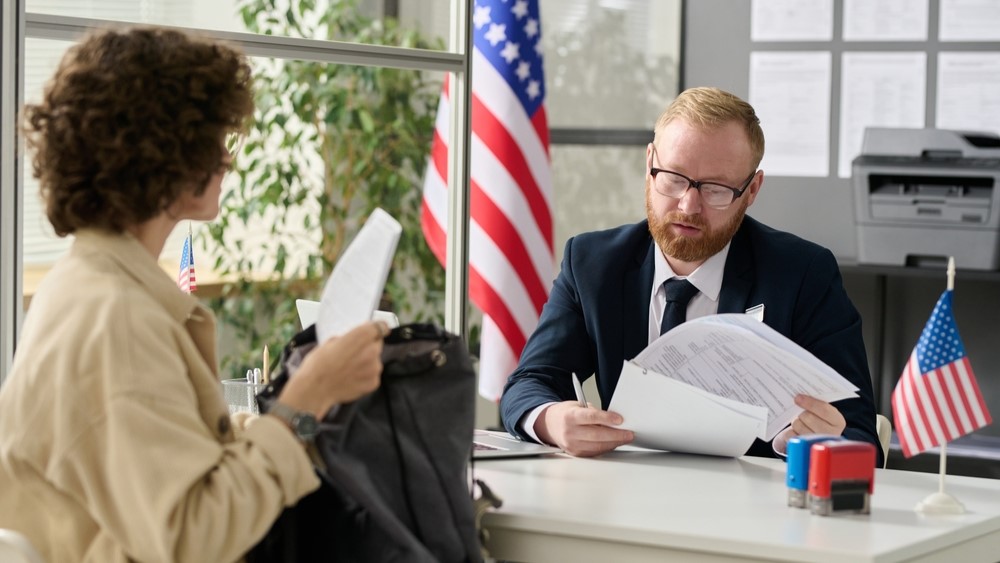Foreign nationals will now have to pay an extra $250 to visit the United States.
Others are reading now
Foreign nationals will now have to pay an extra $250 to visit the United States—even before factoring in existing visa fees.
The Trump administration says it’s about immigration enforcement, but critics warn it may do more harm than good.
Traveling to the U.S. Just Got More Expensive
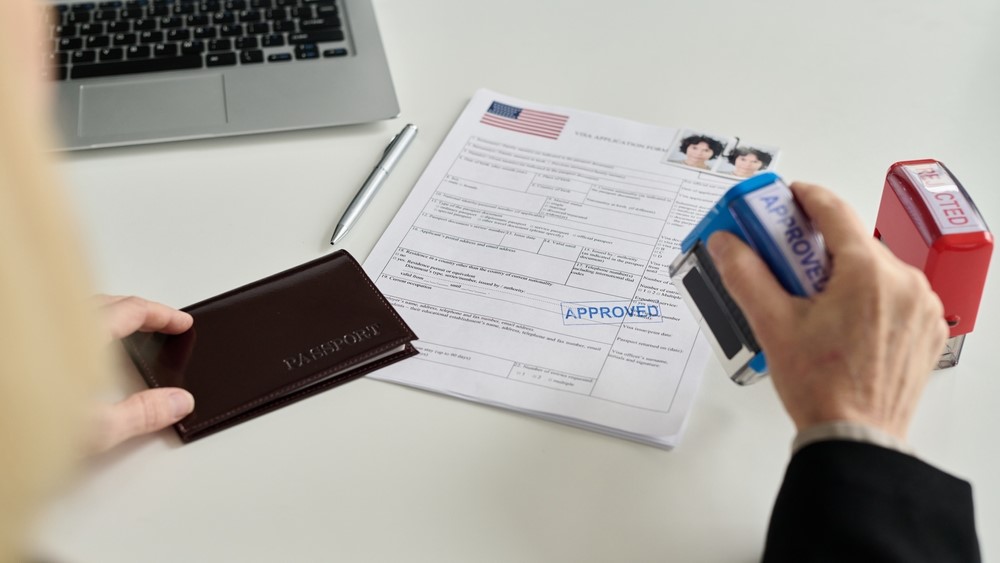
A new policy from the Trump administration is adding a significant cost to visiting the United States: a mandatory $250 “visa integrity” fee for most foreign travelers who require a visa to enter the country.
That includes tourists, business visitors, international students, and temporary workers from countries not included in the Visa Waiver Program.
A Financial Deterrent
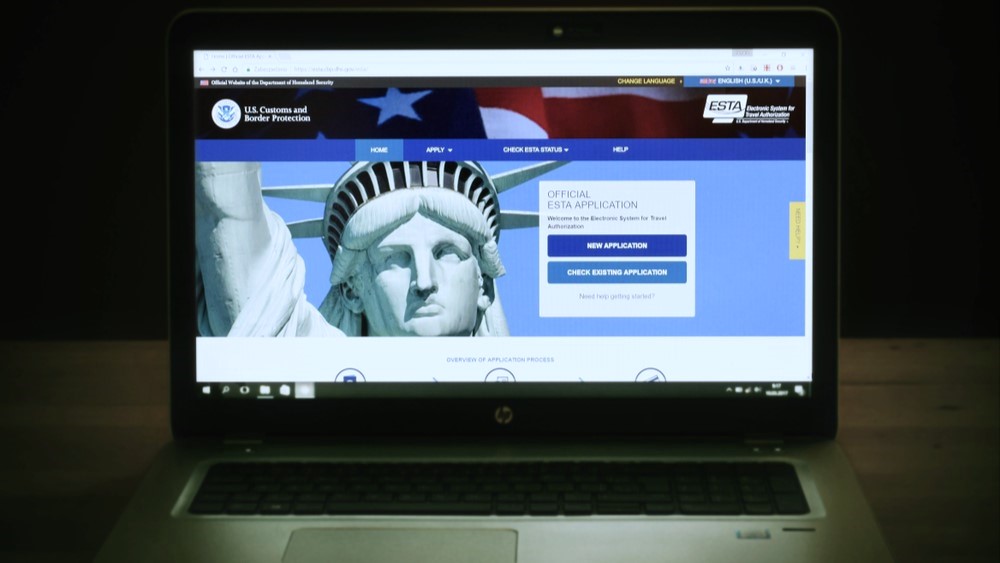
The new charge was quietly embedded in a recently passed domestic policy bill.
Also read
It will apply on top of existing visa application fees and is intended to act as a financial deterrent against visa overstays and fraud.
No Waivers
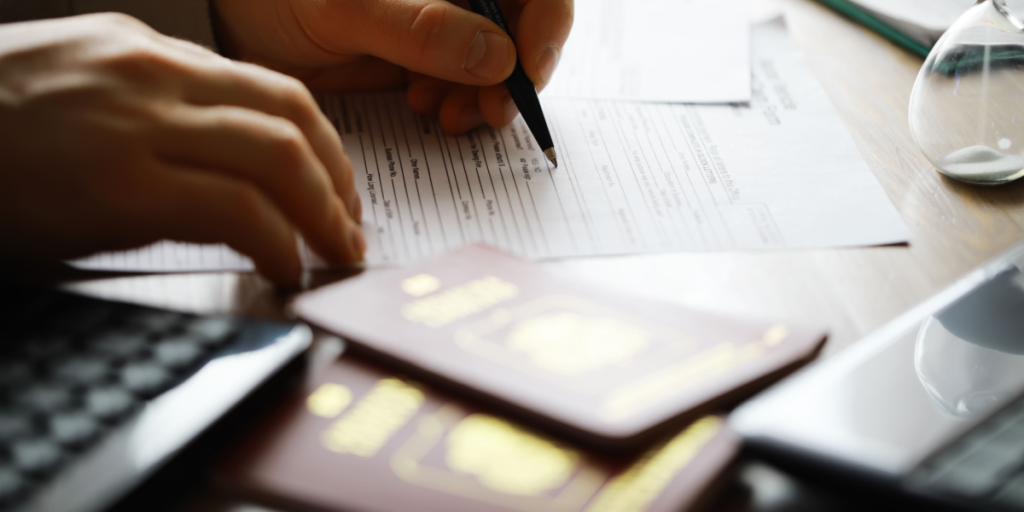
Unlike other fees or bonds, this new “visa integrity fee” offers no exemptions. It must be paid in full at the time of visa issuance—regardless of age, purpose of travel, or financial situation.
The government claims the fee is technically refundable, but there’s a catch: travelers must complete their visit and comply with all visa conditions to qualify for reimbursement.
Unclear Refund Process
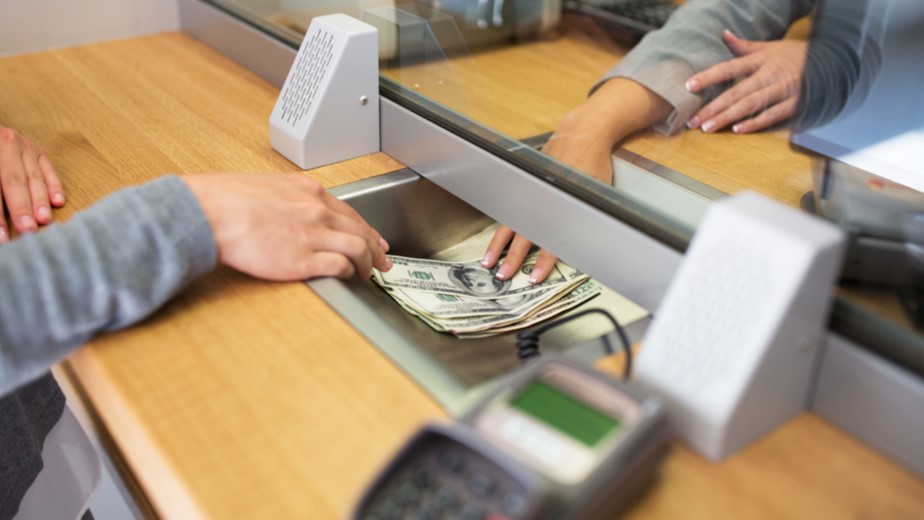
However, the process for requesting or receiving that refund remains unclear.
As immigration attorney Steven A. Brown explained in a recent blog post, the fee currently functions like a “refundable bond,” but there are no details yet on how or when refunds will be issued.
Also read
A spokesperson from the Department of Homeland Security (DHS) acknowledged that inter-agency coordination is still needed before the full implementation of the policy.
The State Department has promised to publish additional information on its visa information website.
Why Now? The Administration’s Justification
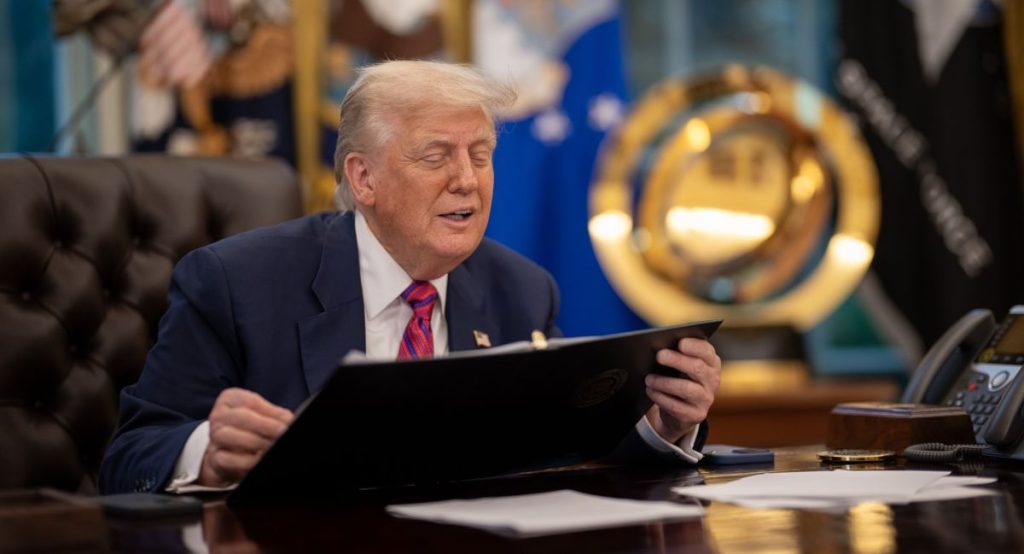
According to the Trump administration, the “visa integrity fee” is aimed at strengthening immigration enforcement, reducing visa overstays, and funding border security efforts.
In a statement to CNN, the State Department said the money from non-refunded fees would be deposited into the U.S. Treasury’s general fund.
For fiscal year 2025, the initial fee is set at $250, but the DHS secretary has the authority to adjust it annually based on inflation and policy needs.
Also read
Not Everyone’s on Board
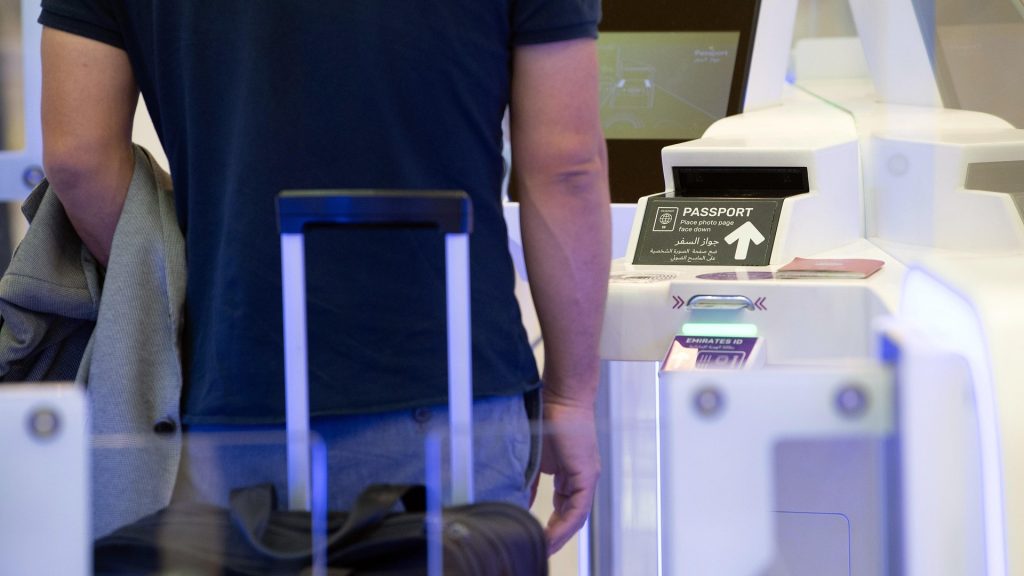
The policy has already drawn sharp criticism, particularly from the U.S. travel and tourism industry, which warns it could have serious consequences for international travel.
Erik Hansen, senior vice president for government relations at the U.S. Travel Association, called the fee “a huge step backward.”
144% More Expensive
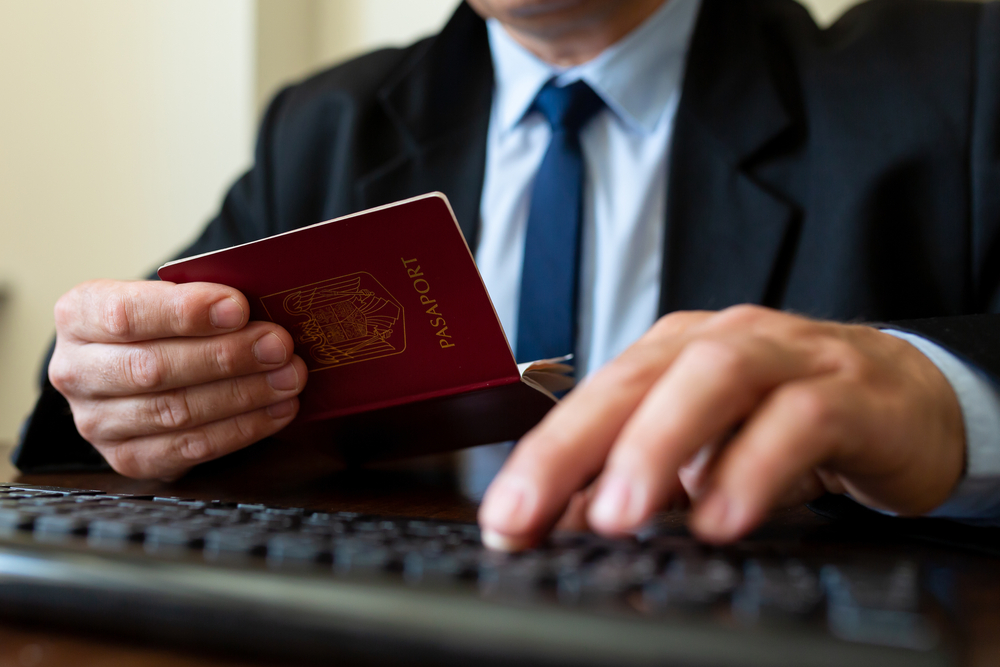
“This fee, which will be at least $250 and is in addition to existing visa fees, creates an unnecessary financial barrier for international visitors,” Hansen said.
According to the association’s estimates, the new policy would increase the upfront cost of a U.S. visit by 144%.
“Even if it is technically refundable, the complexity and additional costs will deter visitors,” he added.
Also read
The association did, however, praise other elements of the domestic policy bill that focus on upgrading customs procedures and modernizing air traffic control systems—investments it sees as long overdue.
What It Means for Travelers
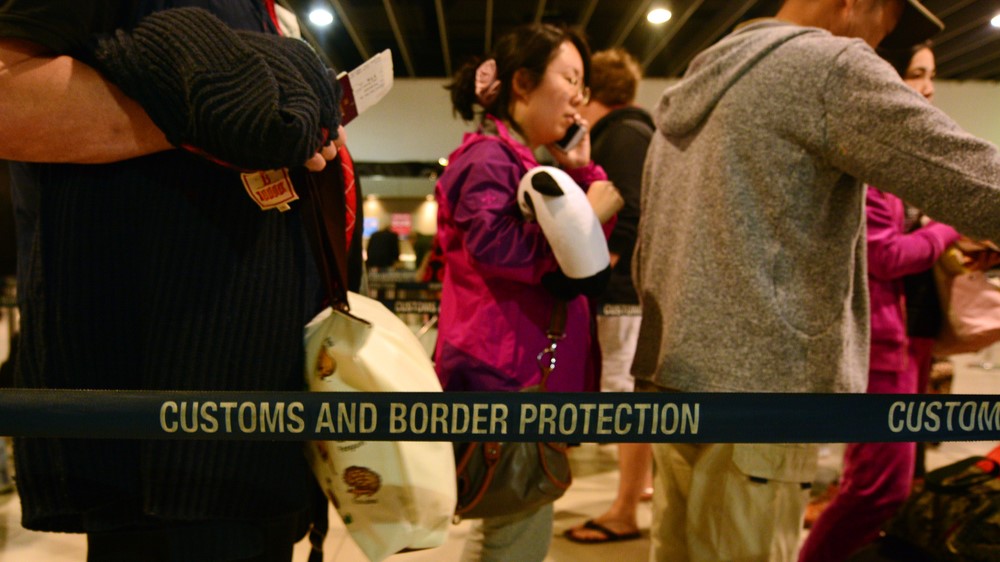
For travelers from countries not part of the U.S. Visa Waiver Program, this means they must still apply for visas to visit the U.S. for tourism or business.
As a result, many foreigners will be directly affected by this new fee.
For now, travelers are advised to watch for updates from the U.S. State Department and to budget accordingly if planning to visit the U.S. in 2025 and beyond.

